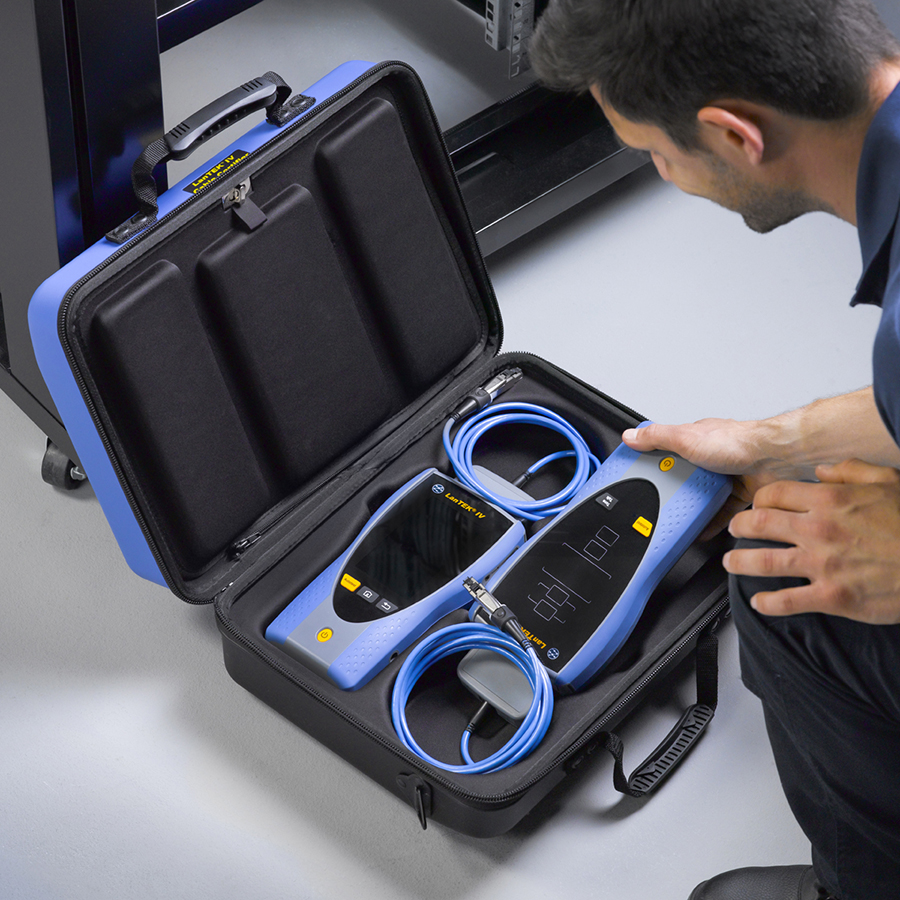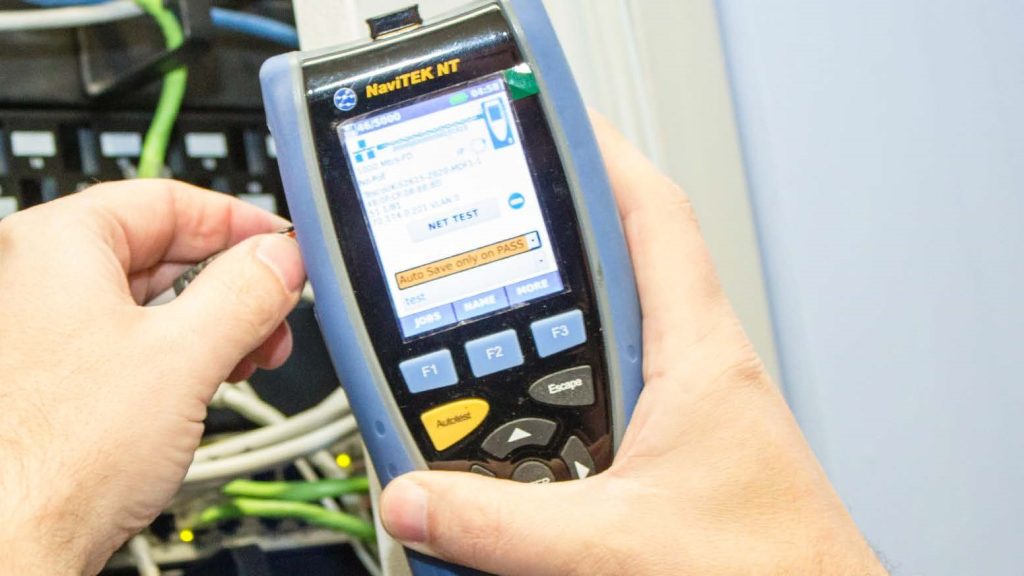Trouble Ahead
Today’s LAN’s are becoming increasingly complex and fast and at the same time more susceptible to connection and performance problems. While just a few years ago, a LAN normally consisted of just 10 or 100Mb/s Ethernet computer to server or server-to-server connections, nowadays there is a broad range of different transmission channels, speeds and devices. Connection speeds are much faster with even low-cost computers connecting to the LAN at 1Gb/s speeds, and modest networks now include a mix of transmission media with Wi-Fi and fibre optic connections. Plus, “wireless” is not limited to only Wi-Fi. Many organizations deploy long distance wireless links utilizing radio frequency and even laser-based systems to extend networks without costly and time-consuming trenching/installation of traditional cable links.
A LAN is no longer as “local” as it used to be, but can physically spread across towns, and with the use of VPN technology a LAN can logically span continents allowing employees access to global resources as though they were in the same building. Daily business operations are so dependent on networks that outages and performance problems can cost hundred of thousands of dollars an hour, meaning network technicians need to be armed with the tools to quickly identify and solve problems.
Click here to read the published article.
Click here to read the full white paper.





